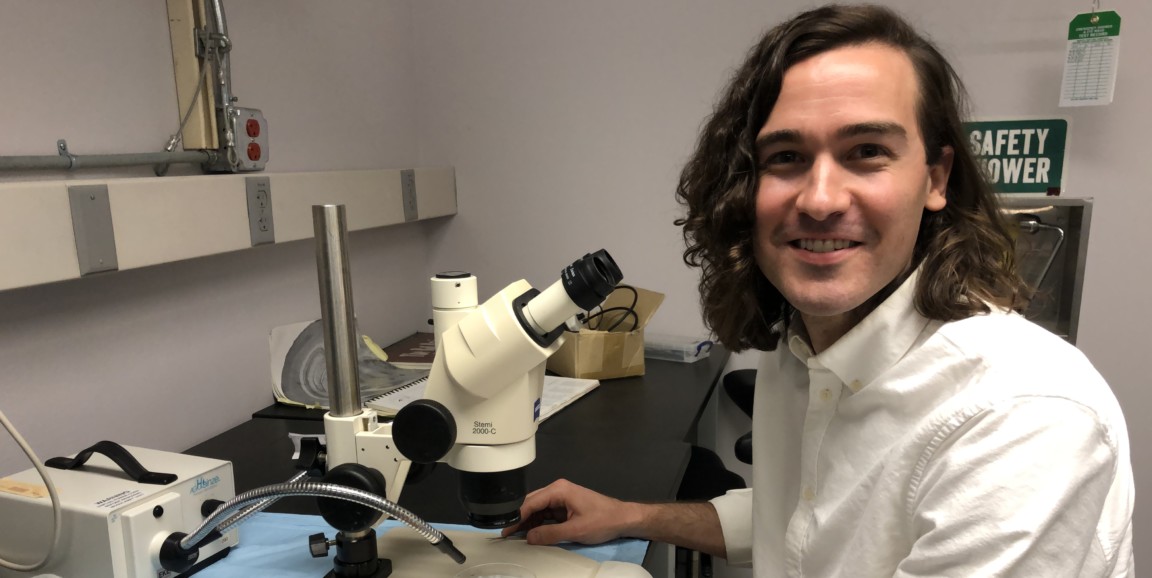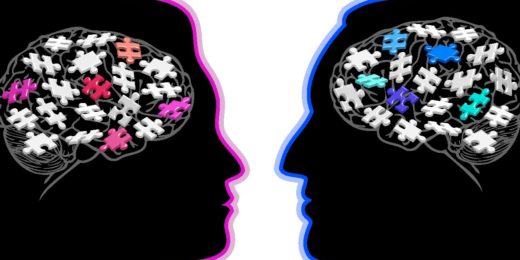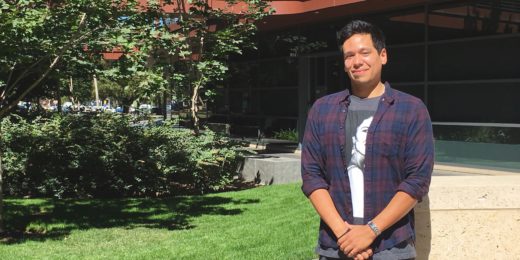After spending two years in the lab of Nirao Shah, PhD, at the University of California, San Francisco, postdoctoral fellow Daniel Bayless, PhD, moved with Shah to Stanford in 2017 to continue their research into how genes, neurons and personal experience regulate gender differences in behavior.
Bayless lives with his wife, Sara, and their two cats, Izzy and Bubbles, in Palo Alto. I sat down with him to learn more about his life in science and beyond.
My sophomore year as an undergraduate, I was working in a psychology lab and I just really liked the idea of doing research and exploring and testing hypotheses about things we don't really know yet.
In my PhD, I became very interested in the study of sex differences in the brain. I studied sex differences in impulse control in a rat model. In humans, they do a marshmallow test, where they'll give a marshmallow and say, 'You can eat this marshmallow if you want, but if you wait 10 minutes we'll give you a second marshmallow.' Girls perform better than boys do on that test. We showed that was also true in rats. The female rats would wait longer for the larger reward. We showed that this was dependent on hormone levels during development, such that we could give testosterone to female mice during development and they would become more impulsive.
I use advanced genetic techniques in mice to study the neural underpinnings of sex-typical behaviors, such as mating and aggression. In male mice, the display of these behaviors depends on the identification of the sex of the interacting partner. I recently identified a small population of neurons that encodes the sex of an interacting partner in male mice but not females. I am currently investigating the circuitry of this neural population and how these neurons might be processing information differently in the two sexes.
In science, there's a lot of failure. You can do three months of experiments and you might do them perfectly but if your hypothesis wasn't quite correct, no interesting results may come from it. You have to keep focused on the daily minutia of doing the experiments and wait to see if they add up, and then when you fail, don't let yourself be discouraged. Learn from your failures, and continue with new experiments.
It might take a year or two to get one truly novel insight. The most fulfilling thing is getting that novel insight and then discussing it with your scientific peers and getting their input on it and thinking of new ideas. It's this interaction with your scientific peers that creates the feeling that you're really contributing knowledge to the field.
I love music. I love playing the guitar, and I love going out to see live music in the city and around the city.
In between undergraduate and graduate school, for a year I substitute taught. I taught everything from kindergarten PE to 12th grade biology, so it was very interesting every day. My wife's a teacher -- she's taught second, third and sixth grade -- so I'm happy I had a little bit of experience seeing what that's like. I loved teaching PE.
I would probably want to write novels. One thing I really like about research is that eventually you write up your experiments and you communicate your ideas. If I wasn't writing about neuroscience research, I would probably want to write fiction novels. Maybe something like sci-fi and mystery with a historical twist.
Stanford has an amazing collaborative spirit to it. There are lots of opportunities for postdocs to socialize and exchange ideas, so when a lot of the daily life of a scientist might be sitting in a room conducting experiments and analyzing data, it's very invigorating to be able to talk to other knowledgeable people about science and attend many of the almost daily guest seminars here at Stanford given by world leaders in neuroscience research.
The next step would be to become an assistant professor and start my own lab, my own branch of research into sex differences in neurobiology and behavior using a mouse genetic model.
Photo by Daphne Sashin






